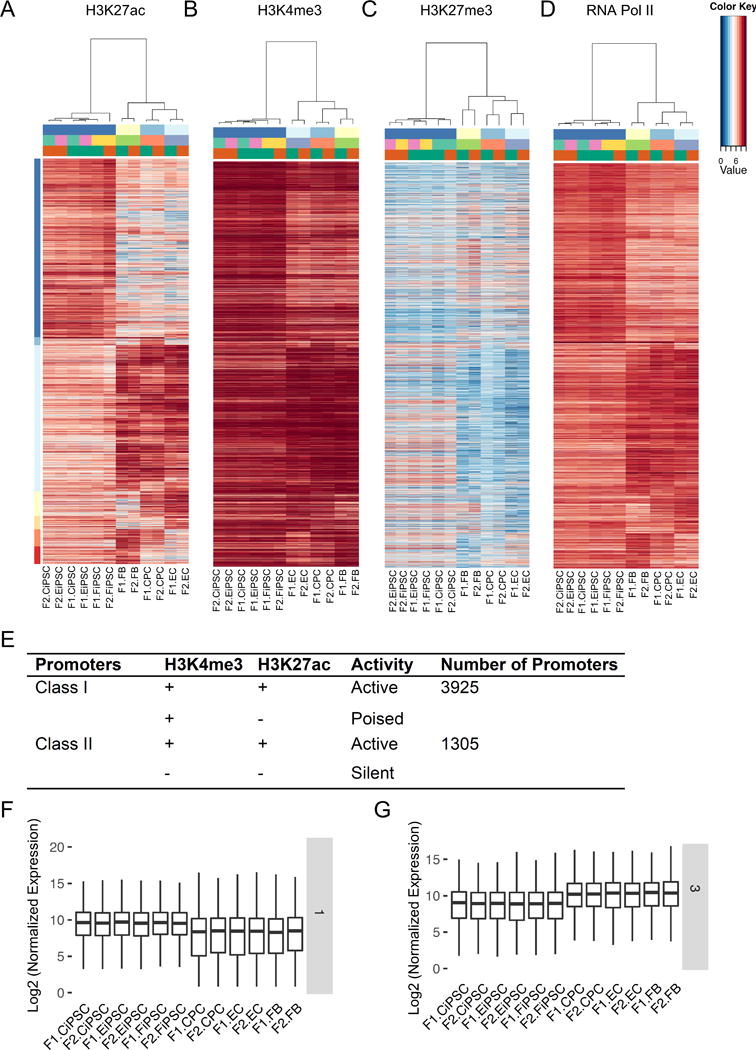Figure 4. Ubiquitous H3K4me3 promoters were prevalent in human iPSCs and somatic cells.

(A) Active promoter mark H3K27ac was distributed in a cell type-specific manner. (B) The general promoter mark H3K4me3 was omnipresent in all cell types in Class I promoters. (C) In contrast, the repressive mark H3K27me3 was negatively correlated with H3K27ac. (D) RNA Pol II was positively correlated with active mark H3K27ac. Each line represents the same genomic region enriched by these histone marks and RNA Pol II across multiple cell types. (E) Categorization of Class I (3,925, ubiquitous H3K4me3) and Class II promoters (1,305, tissue-specific H3K4me3) according to the distribution of H3K4me3 and H3K27ac. (F–G) Cell type-specific gene expression controlled by Class I promoters: iPSC-specific (cluster 1) and somatic cell-specific (cluster 3).
